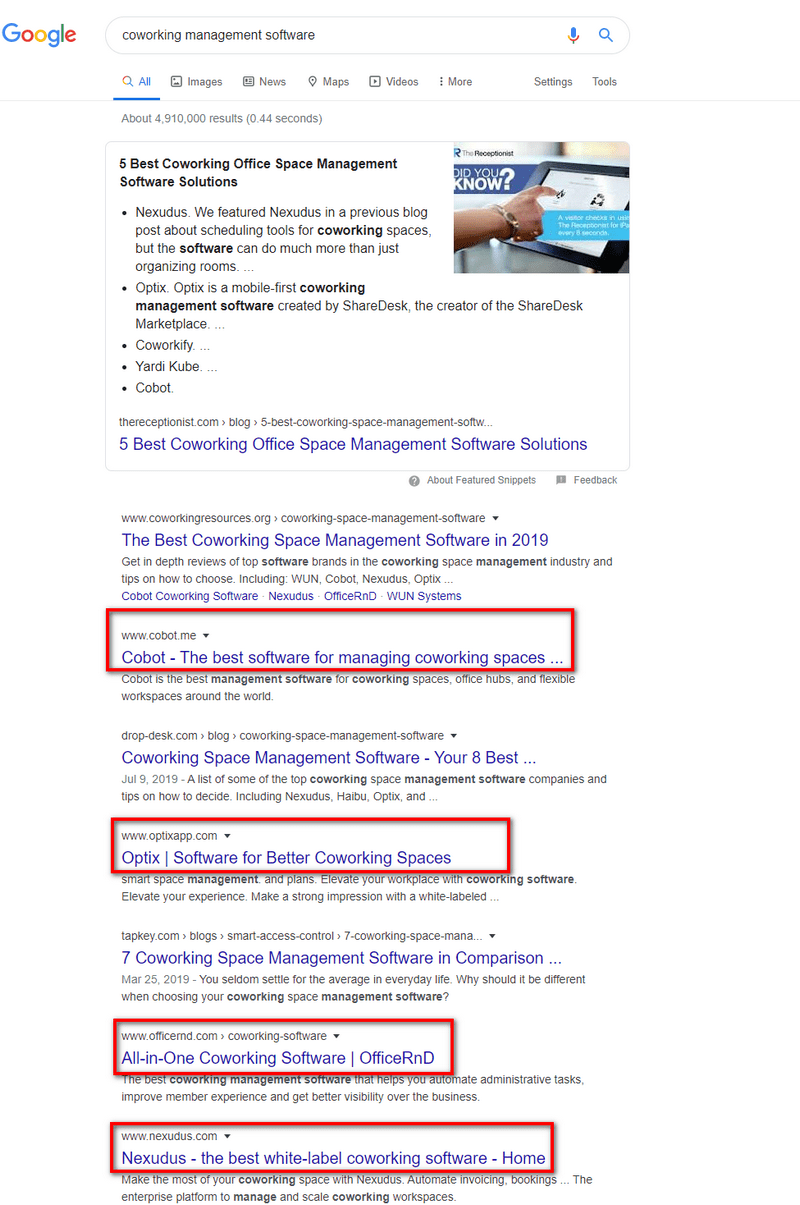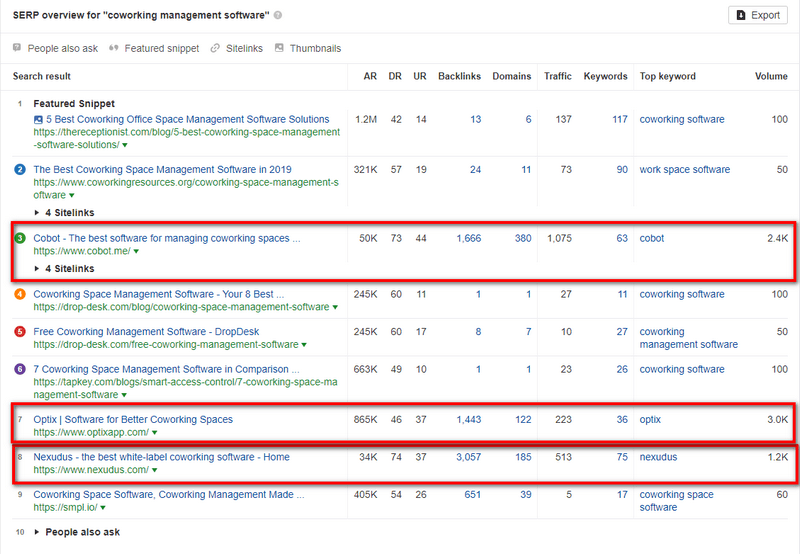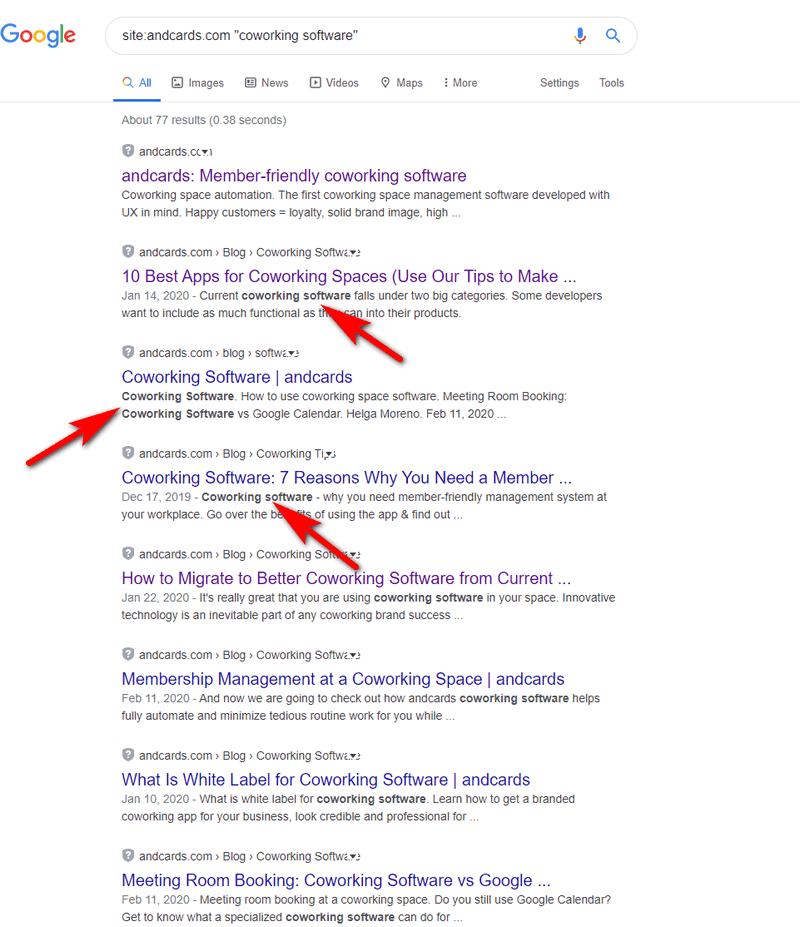
Every website owner dreams of getting to Google’s first page. And it is a well-known fact that if you are ranking beyond the first page, your website is almost invisible for your target audience.
The main question is how to get ranked on this desirable #1 page?
This guide will help you find the solutions you need. Keep on reading and you’ll reach out to Google Top 10!
A Few Core Requirements You Should Know
Before we start exploring the actual steps to reach out to Google’s first page, you must be aware of a few core requirements for your website:
- Make sure your website loads fast
- It is mobile-friendly
- Contains no SEO issues
- Has a good navigation system
- It is secured (HTTPS) etc.
If all these above-mentioned conditions are fulfilled, you can move ahead with implementing the next seven steps.
#1 Keyword research
It is the very first step you must take. If you didn’t complete your keyword research, you won’t be able to make the next steps. Keyword research is a broad topic that requires a separate post to be covered. You can find dozens of suggestions on how to perform this strategy successfully. For example, this guide from Ahrefs.
Now, let’s move to the next step.
#2 Explore your competitors
When you start your online journey, it is critically important to know your competitors. You must find out why these websites rank high and how to turn the tables.
To get priorities straight, you should take a few strategic keywords and see Google results.
For instance, have a look the results for “coworking management software“:

You might already guess that the websites on Google’s first page belong to powerful companies. Consequently, people who search for coworking management software will want to buy from one of these trustworthy brands.
If you review the “SERP overview” report in the Keywords Explorer tool from Ahrefs, you will see that these websites have pretty strong Domain Rating (metric shows the relative “backlink popularity” of the website compared to all other websites in Ahrefs database on a 100-point logarithmic scale):

It should be stated that not every big brand has a strong DR. But as the rule, the major part of them has – Nexudus, and Cobot.
Bottom line is that you must understand how it would be hard to outrank websites with strong DR. Likely, it is possible with time.
#3 Create and optimize pages for the specific keywords
Google ranks the website’s pages, not the website itself. Hence, your purpose is to create pages that would be optimized for certain keywords you want to get in Top.
You should match these pages with your target audience’s search intent.
To find ways to follow search intent, you will have to take care of the type of content you create, its format and its angle. Let’s review these important elements.
- Type of content includes “blog post”, “category page”, “product page”, and “landing page”
- The content format includes “how-to guides”, “reviews”, “list posts”, “comparisons”, “step-by-step tutorials”, “opinion pieces”
- The angle of content must depend on what you want from your target audience. For example, if you want to rank for “SEO tips”, you are about to attract those people who have just launched their websites and need some advice on SEO.
#4 Work on your content properly
If you want to see your content on Google’s first page, you must work hard on it. Google likes content that aligns with search intent and helps users find useful information that could solve their issues.
How to create such content?
You need to cover everything related to your particular topic. For example, if you want to rank for “best guitar brands”, you must include all the brands that your competitors forgot to mention.
Go to Google and type the query:

From the screenshot, you can see that “top” articles have a different number of brands covered in each post. Your task is to review all these posts and “borrow” the brands for your content. By creating a comprehensive guide you’ll get a chance to get ranked well by Google.
However, it is not enough to write a post with the “X number” of brands. You must add the information for each brand that your target audience wants to read about:

#5 Calculate the number of backlinks you need
Another ranking factor that Google takes into account is the number of backlinks your pages have. The more quality backlinks the pages have, the more chances they will rank well.
To help you with the calculation use the Keywords Explorer tool again. You need to draw your attention to the “SERP overview” report:

Take a look at the number of referring domains each page has. To rank on Google’s first page for the keyword “best guitar brands” you will need from 2 to 30 referring domains for your page.
#6 Link building
You know that backlinks push page authority higher. Therefore, you must build as many backlinks as you can. You can find the best guide on link building by yourself on Google.
What’s more important, you should add relevant internal links as well. You can find these internal link opportunities with the help of Google search using “site:domain.com [target keyword]”:

#7 Wait for the results
It is hard to predict how long you should wait to get to Google’s first page. Sometimes it might take a year. Sometimes just a few months. You should realize that it depends on the niche you compete in. If the niche is less competitive and you do good SEO work, your chances are high to reach the top positions.
Hence, be patient and you will reap the benefits.
Conclusion
Nobody knows the exact scheme or formula that would make you a king of Google Top 10. Nobody understands Google algorithms fully. It is not a science where you can follow some theorem and know that you’ll get good results.
Unfortunately, the reality of the SEO world is a bit vague. Nevertheless, you must try to do your best and experiment with various strategies. If your competitors could reach the first page of SERP, thus you have this chance as well.
Follow these seven steps and you will see that the results won’t be long in coming.

